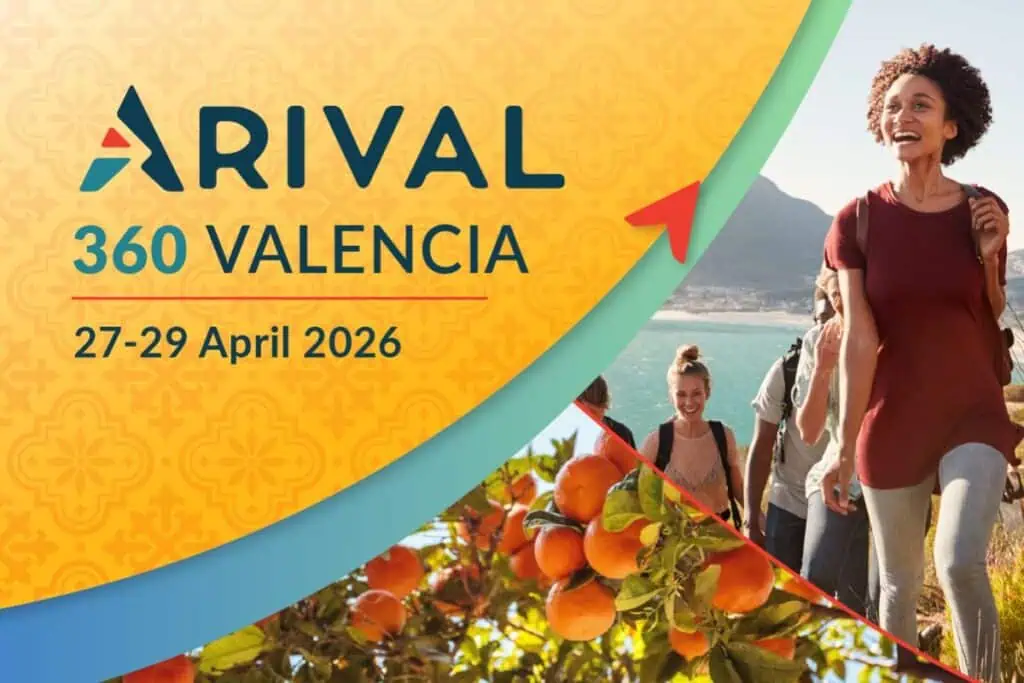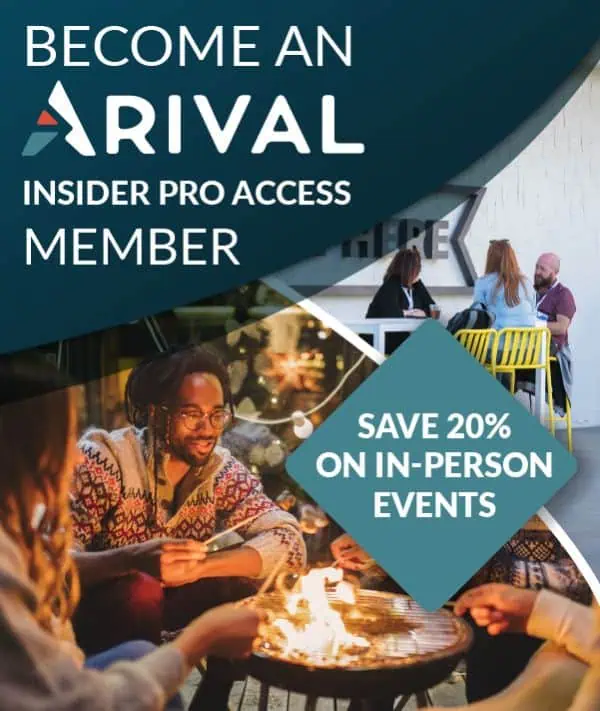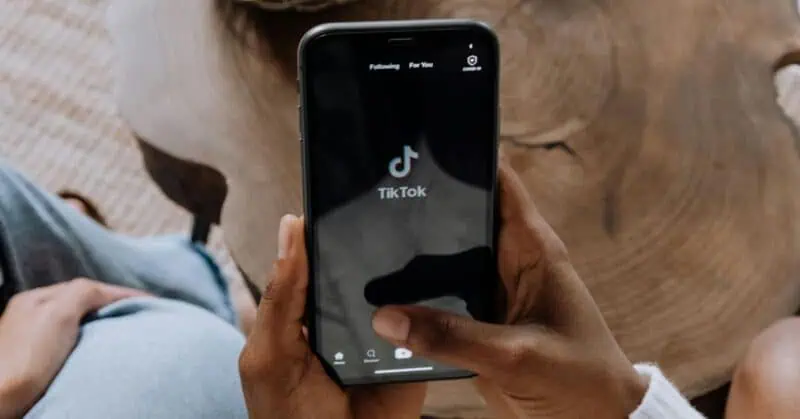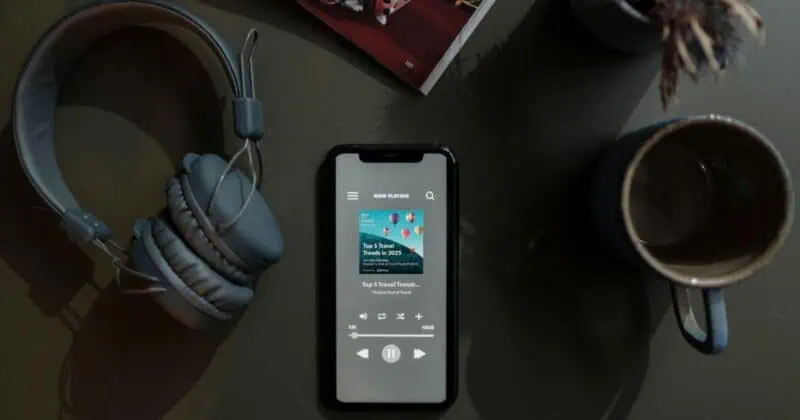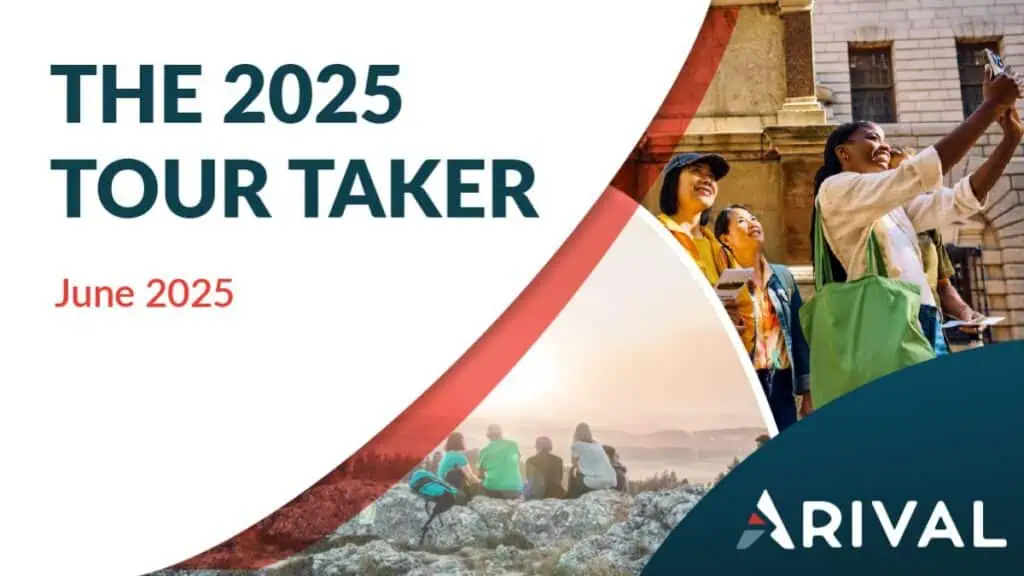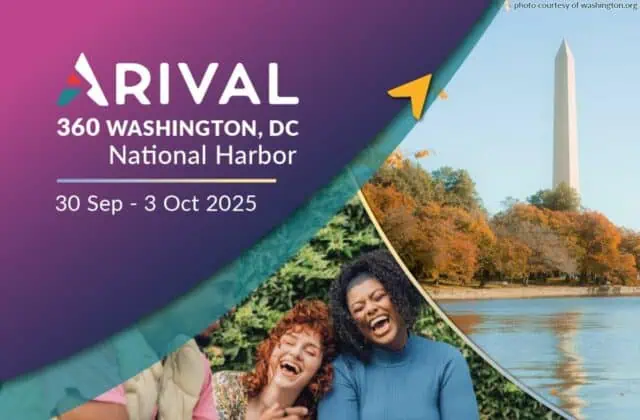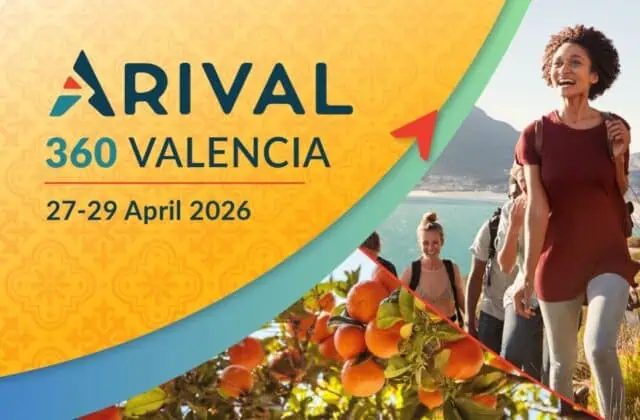Travelers often prefer OTAs due to the convenience of dealing with just one platform while comparing different offers. This trend creates an increasing influence on OTAs in the experiences industry. And, understandably, many suppliers are not happy about it, not least because of high commission fees. But there are a number of situations when you can strategically work with OTAs, for the benefit of your business, your OTA partners, and customers. In this article, we’ll explain some of the advantages of working with OTAs. We’ll also highlight the key players and how to manage all of your OTA partnerships easily. Let’s dive in.
Benefits of partnering with OTAs
- Getting early customers. When your direct channels like your website are not well developed, OTAs can give you the much-needed access to potential customers.
- Filling out last-minute capacity. If you have a fixed capacity for a given tour and it seems like you’re not going to fill that, OTAs can help you make up the difference in the last 1-2 days. This is most valid when extra customers do not increase your costs, e.g., when running a bus tour with a fixed number of seats.
- Getting feedback. OTAs have well-developed review systems so you can get more insight into your customer needs, strengths, and weaknesses.
- Testing your tour offers. OTAs typically get a lot of traffic and so you can test different variations of your offers and see which ones perform better. You can then use that insight to improve your direct sales messaging.
- Get your offers translated into multiple languages. OTAs like Klook and Musement help translate your offers for free, so you can re-use this across other channels.
- Boost overall brand awareness. Customers who shop through OTAs can recommend your experience offline to their friends and family, who can then book through your direct channels.
- Get help with customer service. Typically OTAs handle first-level customer support and only escalate certain issues with your team. This means you are likely to have less customer service overhead from OTA channels.
- Ad dollars. It’s hard to compete with these big companies on major channels like Google Ads and Facebook Ads. But they will promote certain offers via advertising, so you get to piggyback on their budget.
Who are the key players?
Before selecting your ideal OTA partners, let’s look at the top players in the industry. The following list includes our top picks of online travel agencies with the most traffic and the different benefits that come with each.
Viator (US market)
Viator was started in 1995, purchased by TripAdvisor in 2014, and later rebranded as TripAdvisor Experiences. This is the home of tours and activities for TripAdvisor. Suppliers can greatly benefit from partnering with Viator due to the exposure on the world’s largest travel review site, and it’s exposure to the US travel market.
GetYourGuide (European market)
This marketplace provides a great user experience for customers and offers free offer optimization for suppliers. If your target market is Europe, GetYourGuide is a great partner to reach your preferred potential customers.
Musement (Italy)
In comparison to other OTAs, Musement is a smaller marketplace but still quite effective. Its main market is Italy, so you would do well to list with Musement if you target travelers or locals there.
MyDays (Germany)
Founded in 2003, MyDays has a unique approach to selling experiences as gifts.
MyDays market offers through their app, in physical shops, and in the agency’s shops set up in over 40 locations across the DACH region.
Klook (Asia)
Founded in 2014, Klook has built a strong team focused on the East Asian market, especially Taiwan. This OTA has an app for partners so you can easily keep track of all your activities and bookings on-the-go.
Tiqets (France)
Tiqets was founded in 2014 and has come a long way since. With a focus on their mobile app for bookings, this OTA is a convenient partner if you want to attract customers from France.
How to choose the ideal OTAs for your business
There are several factors to consider to determine which OTA is the right fit for your tour or activity business. Since you want to benefit from the partnership, it’s therefore worth taking the time to carry out the following steps:
1. Assess the market reach
One of the most important things to look into your potential OTA partner is their target market.
- Where is the OTA’s target audience? Does it match your own target audience’s location?
- Where are the tours and activities listed in the OTA located? Are the majority in the same location as your tour/ activity?
These questions will help you assess the OTA’s market reach and determine whether you’re a good fit.
The more relevant travelers you can reach, the higher your exposure, and the more the opportunities to boost your bookings.
2. Calculate the financial implications
It’s important that partnering with OTAs makes financial sense for your business. To be sure of this, look at the costs you will incur by working with the online travel agency.
- Commission rates. Are you able and willing to pay the commission required by your chosen OTA?
- Price amendments. Can your business afford to provide a “best price guarantee” or “seasonal offers”?
If the potential returns from a specific OTA outway the expenses, then that’s a good fit for your business.
3. Understand the terms and conditions
The T&C set up by OTAs should be workable for your tour or activity business. Here are some of the key things you need to know before getting into a partnership.
- Cancellation and refund policies. Does the policy allow you enough time to cater to the logistics of your tour or activity?
- Customer support. Understand how customer support will be handled and whether the OTA takes care of this. If not, are you able to meet the cost of customer support and still pay the OTA commission?
These are just a few of the terms and conditions you need to look into, ensure you check all the details, and comply with all OTA requirements.
Manage your OTA partners
So now you’ve made your choice of the OTA to work with, that’s great. But what if you settle for more than one marketplace (which is a pretty common occurrence)? You’ll need to juggle between multiple channels, handling your own website, and attending to your actual tours and activities.
This is where tools like the Regiondo Channel Manager come into play. If you decide to partner with multiple OTAs, your booking system can help you keep track of all your online channels in one place.
Conclusion
I hope by now, you can see the great benefits of working with OTAs. From building your brand awareness to getting early customers and gathering useful customer feedback, the advantages of partnering with an OTA can easily outway the big put-offs like high commissions.
Take your time to learn about the key players and their different offerings before choosing your ideal distributor channel. One of the crucial aspects to look into is the location of the OTAs target market. This should tally with your tour’s target audience so that the audience you reach through the OTA are actually potential customers for your business.
Other important steps to take before selecting an OTA is calculating your financial implications and understanding terms and conditions to ensure you can comfortably comply.
Lastly, make sure you have an easy way to manage your sales channels in one place so you can adequately track performance and make better business decisions using this data.




